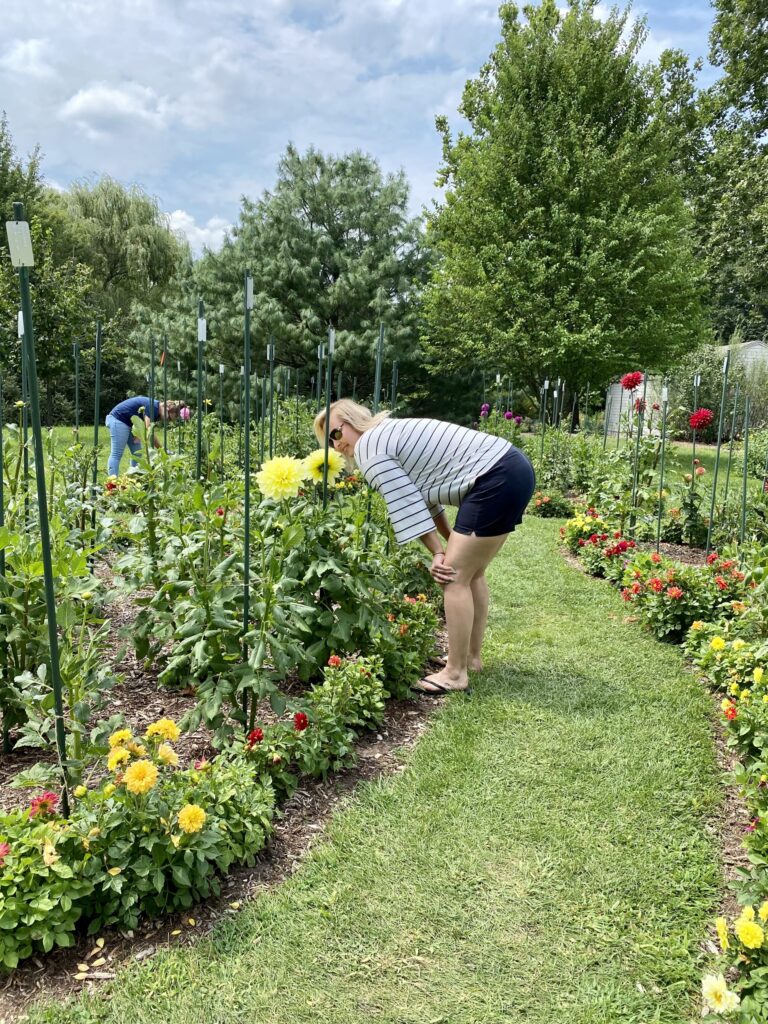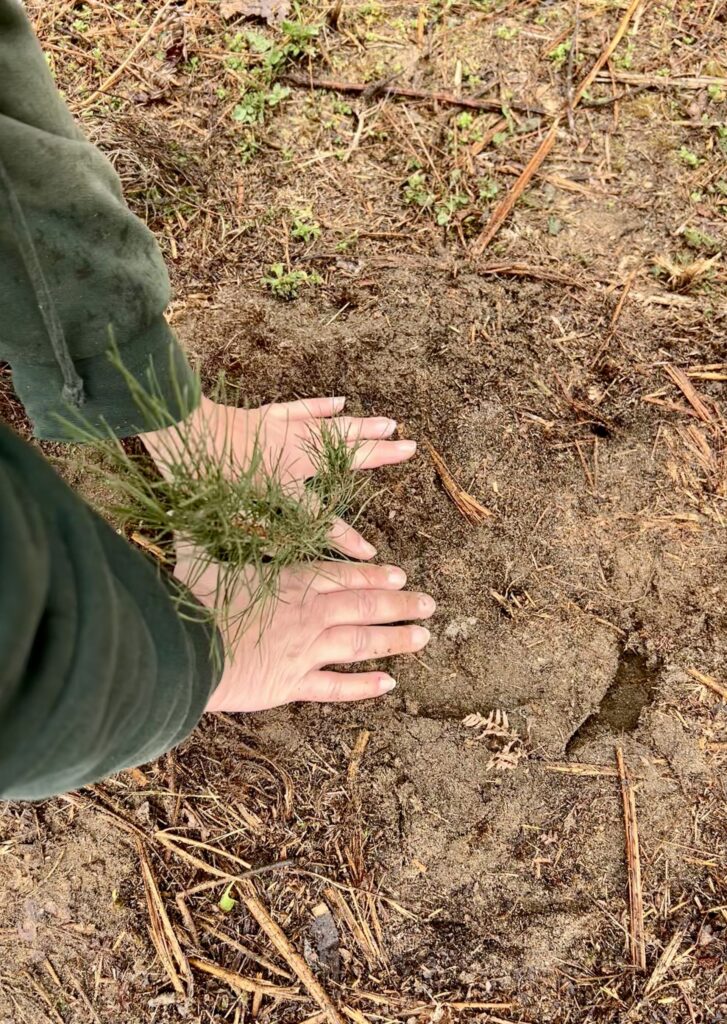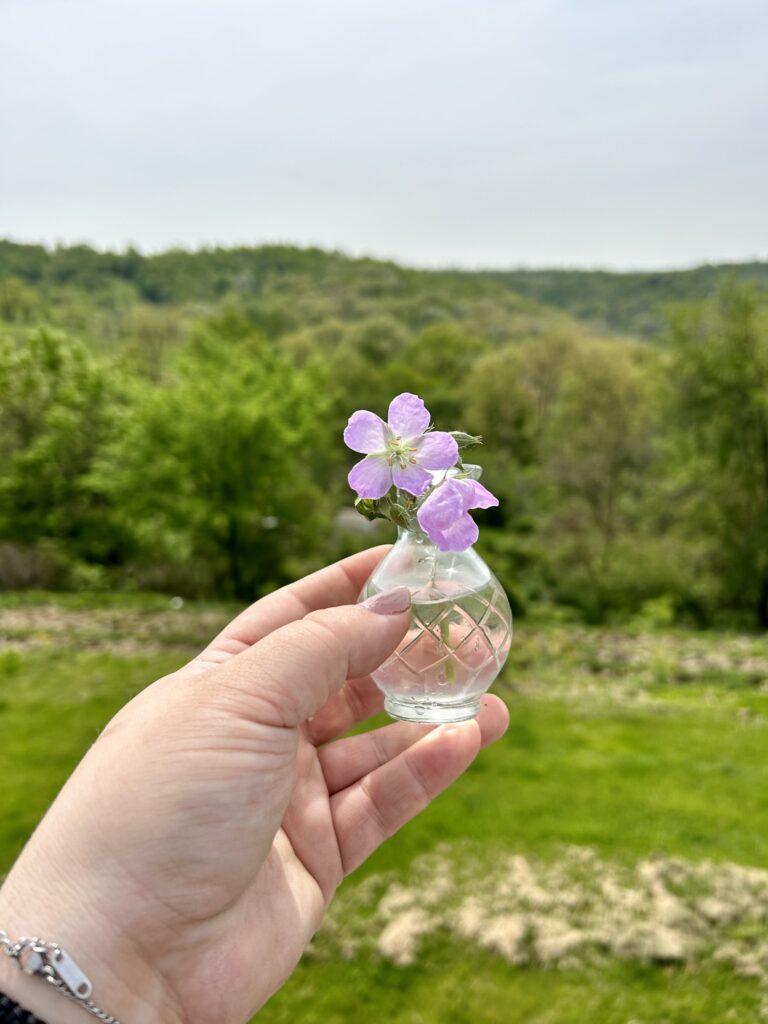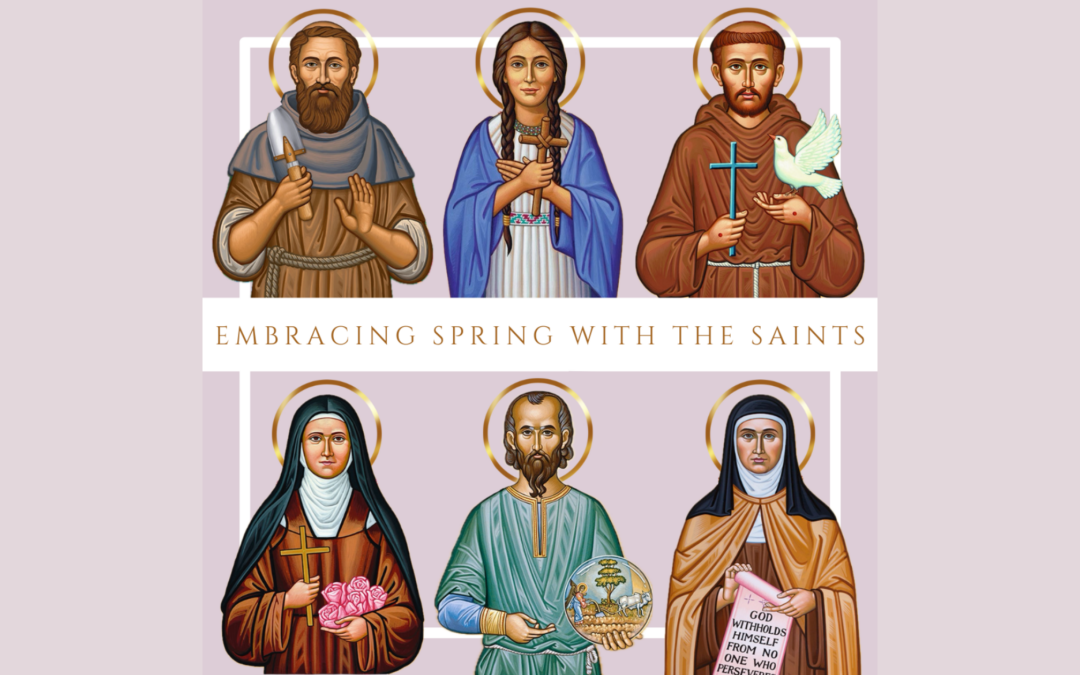Springtime As a Spiritual Season
As the warmth of spring emerges, flowers bloom, and gardens flourish, many Catholics find their faith reflected by the beauty of nature. Just as nature is reborn in the spring, so too are we invited to experience spiritual renewal. Gardening during this season can very easily become a spiritual practice—an opportunity to sow seeds of hope, prayer, and faith while caring for God’s creation. Catholic tradition has long recognized the spiritual significance of nature and gardening, with numerous saints whose lives and legacies are connected to both the cultivation of nature and prayer. Here are six Catholic saints who inspire us to grow in faith and appreciation for God’s creation as they remind us of the sacredness of the earth and the importance of tending to it. As we plant seeds and watch the earth awaken, these saints remind us of how deeply the act of gardening can be a form of prayer, connection to God, and reflection on the seasons of life.
St. Fiacre: Gardens of Prayer

St. Fiacre, is one of the most well-known saints who is connected to gardening. After moving to France, he was granted land by the king and cultivated a beautiful garden. He became renowned for his healing herbs, flowers, and peaceful life. St. Fiacre was not only a gardener but a man of prayer. His devotion to prayer and his respect for nature highlight the sacredness of caring for the earth. His life reminds us that gardening is not just a physical activity, but a spiritual one, connecting us to God through creation. St. Fiacre’s commitment to cultivating the land was not just about physical growth but about nurturing the soul. His prayers for healing through plants and his reverence for creation made him the patron saint of gardeners. As spring blooms around us and as we tend our gardens this spring, we can call upon St. Fiacre for guidance in nurturing both plants and our faith. By offering our labor as an act of love and reverence, we are reminded that even the smallest acts of gardening are opportunities to grow closer to God.
St. Isidore the Farmer: Blessings of the Earth
St. Isidore, a 12th-century Spanish farmer, is another saint who beautifully reflects the connection between agriculture, faith, and prayer. Although he was a simple laborer, Isidore’s life was marked by deep devotion. He was known for working diligently in the fields while making time for prayer. Legends even tell of angels helping him with his work in the fields. St. Isidore’s life reminds us that even the humblest acts of labor, like gardening and farming, can be a form of prayer when done with love and reverence for God. St. Isidore’s life shows us that the rhythms of nature—planting, watering, and harvesting—are all opportunities to pray and offer gratitude to God. In spring, we are especially reminded of St. Isidore’s teachings: that work done in harmony with God’s creation is holy. Whether we are planting flowers, vegetables, or simply enjoying the budding trees, we can pray for blessings on the earth and those who work to care for it.

St. Teresa of Ávila: Cultivating the Soul through Prayer
St. Teresa of Ávila, the renowned Spanish mystic, reformer, and doctor of the Church is known for her deep spirituality and profound insights into the life of prayer. St. Teresa wrote extensively about the interior life, and how gardens played a significant role in her reflections believing that prayer could nurture the soul, much like a gardener cultivates a garden. She saw gardens as places of peace and prayer., To St. Teresa, prayer was like the act of cultivating a garden—requiring attention, patience, and care. She believed that gardens were a metaphor for the soul, where one could plant seeds of virtue and cultivate a deep relationship with God. Her writing reminds us that, like a garden, our spiritual lives require daily care and attention and requires patience and diligence in order to bear fruit. The season of spring calls us to cultivate our own inner gardens through prayer and contemplation, allowing our faith to blossom. When we see new growth around us, it is a perfect time to reflect on our own spiritual growth. Just as we nurture our gardens by watering them, pruning them, and giving them sunlight, we are called to nurture our souls with prayer, faith, and the presence of God. St. Teresa reminds us that prayer is not just about asking for help, but about being present to God, allowing our hearts to grow and flourish.
St. Francis of Assisi: A Love for God’s Creation

St. Francis of Assisi, one of the most beloved saints in the Catholic Church, is known for his profound love for nature and all of God’s creation. His famous Canticle of the Sun praises the elements of creation—the sun, the moon, the earth, and all creatures—as brothers and sisters. Spring, with its new life, flowers, and fresh air, would surely have been a time of great joy and thanksgiving for St. Francis. For him, the natural world was not something separate from the divine, but a reflection of God’s beauty and love and spring was a time to rejoice in the beauty of the world around him, seeing it as a reflection of God’s love. Springtime, with its vibrant colors and blossoming life, would have been especially meaningful to St. Francis, who saw in nature the presence of God. He provides an example of how to connect with creation, especially during the spring. By celebrating the beauty of flowers, trees, and animals, we can use the natural world as a path to deepen our relationship with God. St. Francis reminds us to celebrate the spring season by connecting with creation and using it to draw closer to God. Just as flowers bloom in response to the sun, our hearts bloom when we pray, reflect, and give thanks for the gift of life and all of God’s creation.
St. Kateri Tekakwitha: Nature as a Path to God

St. Kateri Tekakwitha, the first Native American saint, had a profound connection to the natural world, often retreating into the forest for prayer and contemplation. She saw nature as a reflection of God’s beauty and truth and believed that nature was a direct pathway to God, and she found peace and inspiration in the natural world. Her simple, prayerful life was marked by reverence for the earth and its beauty. For St. Kateri, nature wasn’t just a backdrop but a sacred space where she could encounter God. Her connection to the earth reminds us to find moments of prayer and reflection in nature. As we enjoy the blooming of flowers and the warmth of the spring sun, we can emulate St. Kateri by finding peace and closeness to God in the beauty of the natural world. Much like the new life that springs forth in the season of spring, St. Kateri’s devotion to God and her desire to live a pure and simple life reminds us of the importance of connecting to God through nature. In spring, we can mimic St. Kateri’s practice of finding sacred moments as the earth bursts forth with new growth. We are invited to take time in the natural world, whether through prayer in a garden, a walk in the park, or simply sitting quietly under the shade of a tree. Nature becomes a prayerful sanctuary where we can encounter the Divine, drawing us closer to God and allowing us to listen to the quiet whispers of the Holy Spirit.
St. Therese of Lisieux: The Little Ways of Beauty through Prayer and Simple Acts
St. Therese of Lisieux, the “Little Flower,” is famous for her “little way” of spiritual simplicity. She taught that holiness isn’t just about grand acts, but about small, everyday acts of love and devotion. For St. Therese, every small prayer, no matter how simple, was an offering to God. Spring reminds us of the power of small beginnings, as each flower or plant starts as a tiny seed that grows with time, care, and attention. For St. Therese, the beauty of the natural world, especially flowers, was a symbol of God’s love. As we enter the spring season, we can take inspiration from St. Therese’s “little way” and how it emphasizes that small acts of love and devotion. We can offer our simplest prayers—whether thanking God for a beautiful flower, asking for help in our struggles, or praying for others—knowing that even the smallest act of faith can be powerful in God’s eyes. St. Therese invites us to see the simple beauty in our gardens, flowers, and daily lives. Her approach reminds us that even the smallest acts of prayer or care for others are valuable in God’s eyes. By taking the time to nurture our gardens with love and attention, we can also grow a deeper relationship with God, offering each action as a small prayer.

Conclusion: A Garden of Saints
The lives of these saints offer rich lessons for gardeners and nature enthusiasts. Whether directly involved with the earth or simply drawing inspiration from the beauty of creation, these saints remind us of the deep connection between the spiritual life and the physical world. Gardening, as an act of nurturing, patience, and care, can become a powerful way to honor God and the saints who have gone before us. Whether through tending to the land like St. Isidore, appreciating the beauty of creation like St. Francis, or cultivating the soul through prayer like St. Teresa Ávila, we are called to nurture both the tangible duties of our lives and our spiritual lives. Just as these saints saw the sacred in creation, we are invited to do the same—seeing each flower that blooms and every tree that grows as a reflection of God’s loving work and creation. This spring, as you plant your garden, remember the saints who have shown us the beauty and grace of nature, and let their examples inspire your own spiritual and gardening journey. Let this season be an opportunity to plant seeds of prayer, gratitude, and faith, allowing our hearts to bloom with God’s love.


